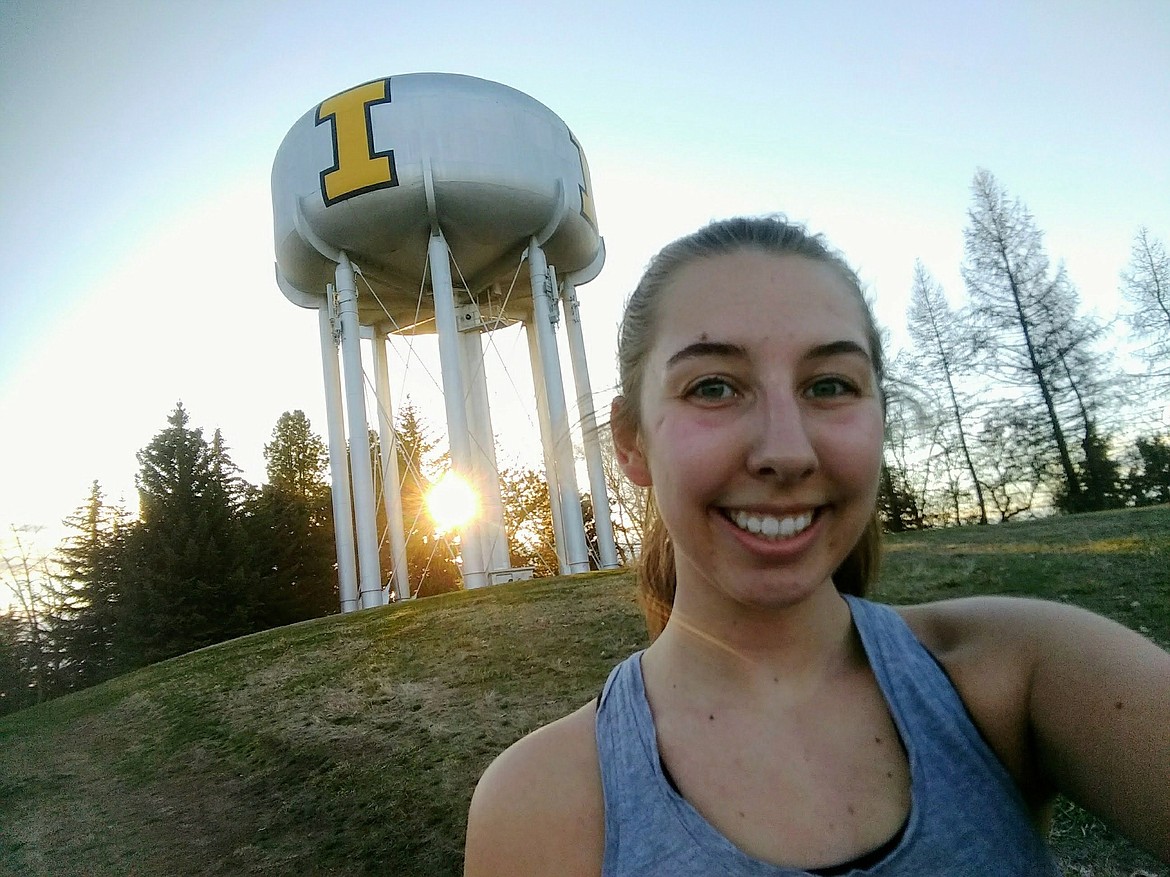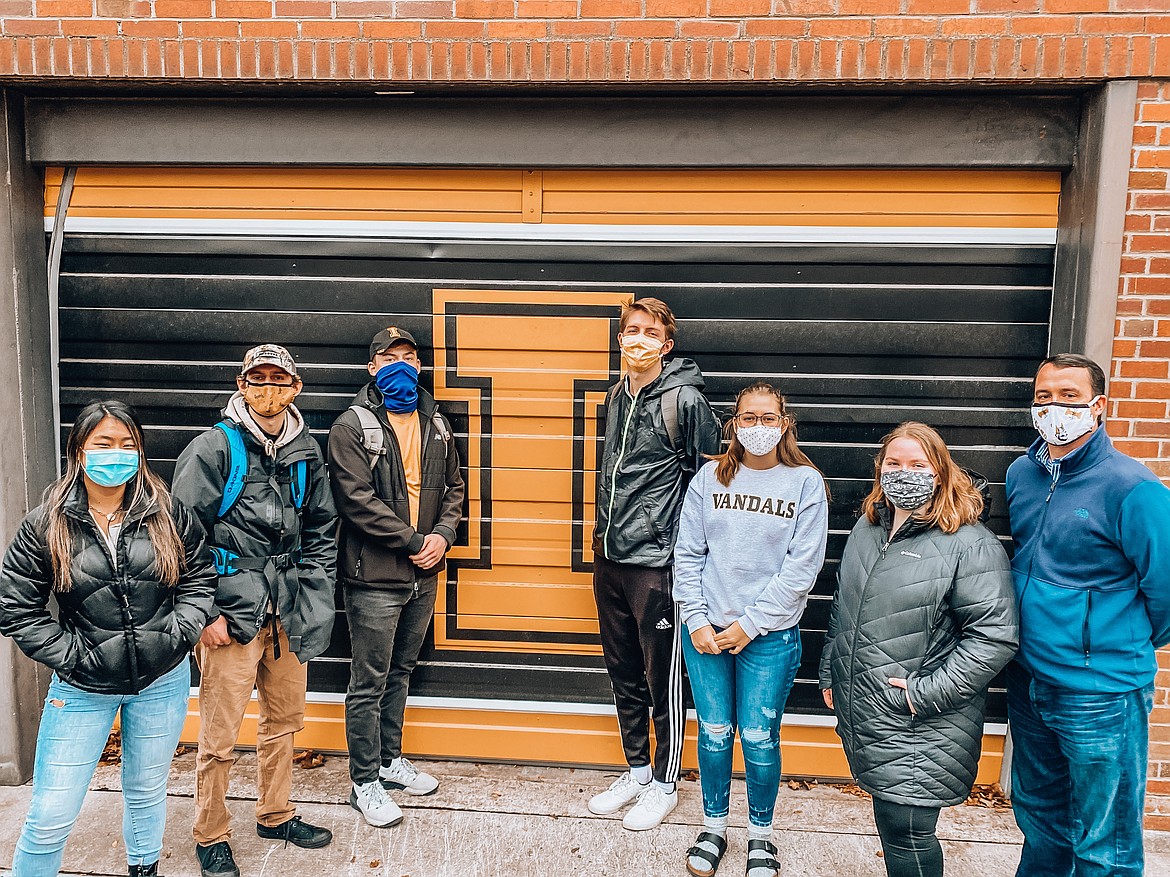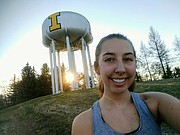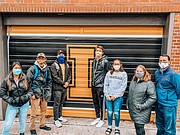Polymers in spaaaaaace
DEVIN WEEKS | Hagadone News Network | UPDATED 4 years, 3 months AGO
Devin Weeks is a third-generation North Idaho resident. She holds an associate degree in journalism from North Idaho College and a bachelor's in communication arts from Lewis-Clark State College Coeur d'Alene. Devin embarked on her journalism career at the Coeur d'Alene Press in 2013. She worked weekends for several years, covering a wide variety of events and issues throughout Kootenai County. Devin now mainly covers K-12 education and the city of Post Falls. She enjoys delivering daily chuckles through the Ghastly Groaner and loves highlighting local people in the Fast Five segment that runs in CoeurVoice. Devin lives in Post Falls with her husband and their three eccentric and very needy cats. | February 3, 2021 1:00 AM
A 2017 Coeur d'Alene High School graduate is one of six University of Idaho students whose research is literally going to be out of this world.
Hannah Johnson, who was born at Kootenai Health and brought up through the Coeur d'Alene School District, is part of the U of I College of Engineering team that is participating in NASA’s Student Payload Opportunity With Citizen Science program.
This entails an experiment that will be sent to the International Space Station for 30 days without any interaction or observation from the station crew before it returns to Earth for further research. The students want to know: How does microgravity impact the efficacy of polymers known to resist bacteria on Earth?
"We definitely had the coronavirus in mind when we were developing the project," Johnson said Tuesday, explaining that staph aureus, a common but dangerous bacteria, was chosen to test the effectiveness of the polymers.
"If anything can be bacteria resistant, that's going to help in overall public health and public safety," she said.
The polymers have a gel consistency, so part of the problem is configuring how to attach them to high-contact aluminum alloy surfaces such as the door handles and handrails used in the ISS.
"We’re really excited to see what happens," Johnson said. "We think, hopefully, our polymers will show even better resistance in microgravity."
The Vandal team comprises chemical engineering seniors Johnson, Adriana Bryant, Travis Lindsay, Roslyn McCormack, Niko Hansen and Kael Stelck and is led by NASA Idaho Space Grant Consortium Director and U of I chemical engineering associate professor Matt Bernards.
The finalists were announced in December after nine teams delivered presentations for NASA's consideration.
"It was intimidating to see some Ivy (schools) in there, but we held our ground," Johnson said.
When she heard the news the U of I team was selected, Johnson said she was "freaking out."
"I was jumping up and down, I called my parents," she said. "My significant other was jumping up and down with me. It was very exciting."
The research is expected to launch to the ISS in December. The teams will gather in Texas for the big day.
"We're pretty excited," Johnson said. "It will be a nice little reunion."
As part of the NASA-funded project, teams are expected to involve K-12 students in their research. Johnson's team is building research kits for 240 Russell Elementary School students in Moscow.
“That's been one of my favorite parts, the chance to inspire students," Johnson said. "Everyone that picks STEM has that moment they can look back on and say, 'That's when I found out science was really cool.'"
The other student teams and projects for NASA’s Student Payload Opportunity With Citizen Science program are:
•Arkansas State University: Microgravity Environment Impact on Plastic Biodegradation by Galleria mellonella
•Columbia University: Characterizing Antibiotic Resistance in Microgravity Environments
•Stanford University: Biopolymer Research for In-Situ Capabilities
•The University of New Hampshire at Manchester: Novel Methods of Antibiotic Discovery in Space
MORE LOCAL-NEWS STORIES
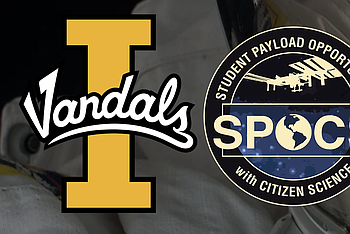
NASA sends U of I student research to International Space Station
Shoshone News-Press | Updated 3 years, 5 months ago

NASA sends U of I student research to International Space Station
Shoshone News-Press | Updated 3 years, 5 months ago

NASA sends U of I student research to International Space Station
Shoshone News-Press | Updated 3 years, 5 months ago
ARTICLES BY DEVIN WEEKS

Talent showcase Friday at Lake City High
Talent showcase Friday at Lake City High
A new K-12 event will showcase the many talents that can be found across the Coeur d'Alene School District.

Geranium sale raises funds to help women reach academic goals
Geranium sale raises funds to help women reach academic goals.
Petals of radiant red, popping pink, vivid violet and pleasant peach were seen in the early Friday morning sunlight on the lawn of a home near Fernan Lake. Members of the Chapter AG Philanthropic Educational Organization carried trays of flowers and carefully organized pots as they prepared for about 700 geranium plants to go out into the community following a successful annual sale.

Students sharpen timber skills at Idaho State Forestry Contest
Students sharpen timber skills at Idaho State Forestry Contest
Cruising around a tall pine with a small measuring tape, Ava Stone examined the numbers and wrote them down on a paper secured to her clipboard. "It's the diameter, and then you take a clinometer from the 66 foot back and then the 100 foot back, then you look up and get the height to find out the board foot volume," she said Thursday morning.


